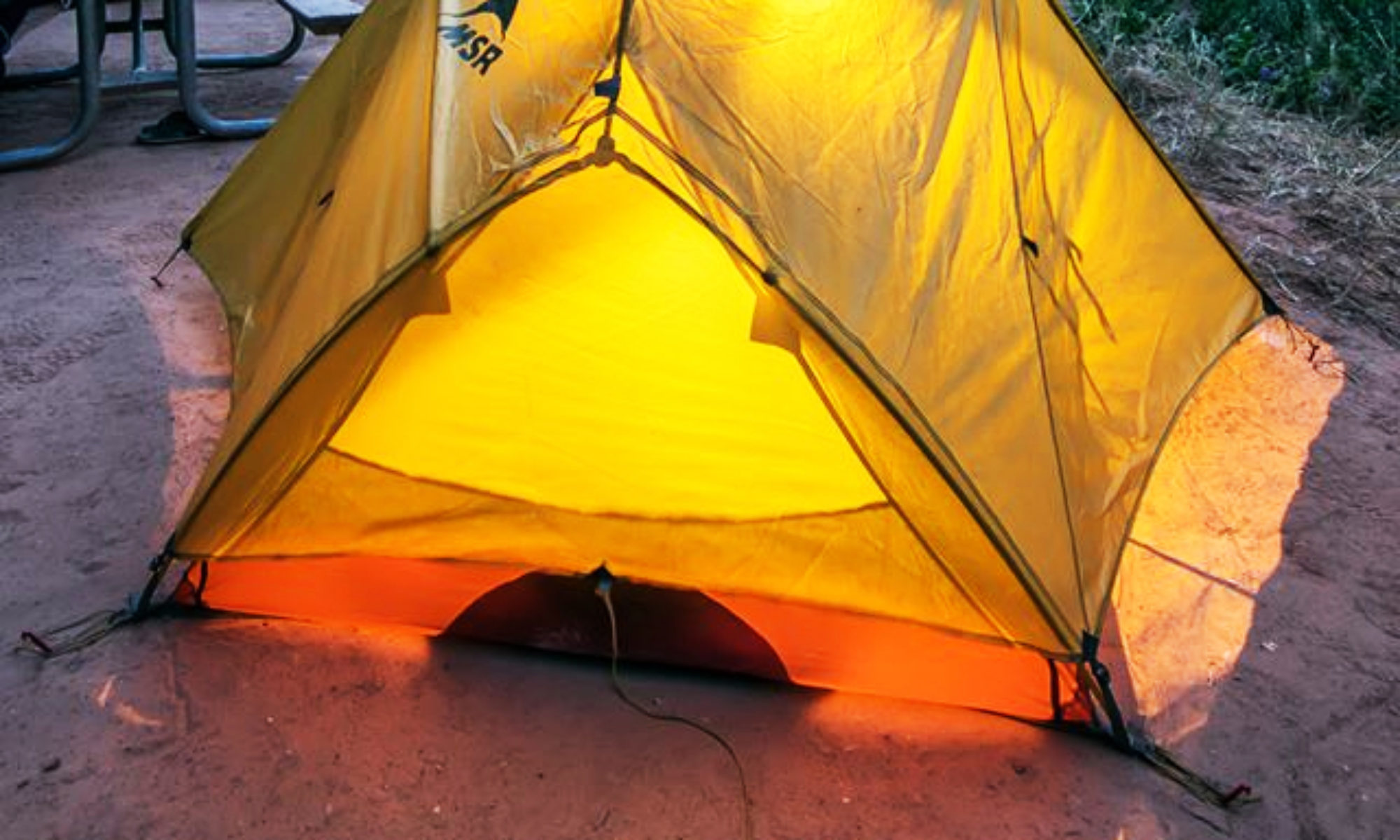An underground water source, Havasu Springs, feeds Havasu Creek. Which in turn, runs through the Village of Supai and over the numerous waterfalls of the area.
This spring is up stream of Supai and is off limits to visitors/tourist in that area. The water coming out of the spring remains at a fairly 70°F (21°C) year round.
As you hike down from the Hilltop Trail Head you will encounter the stream for the first time a short distance before reaching the edge of the village.
This point in the trail is always a welcome sight. In stark contrast to the previous miles a hiker has logged in a mostly arid canyon terrain. Your first sign will be the sudden abundance of trees. As you slip in under the shade and walk a short distance, the rushing stream will greet you just right of the trail. I
If you are hiking in the mid summer heat I am sure you will be tempted to stick your face in the water and cool off.
The creek is known for its blue-green color. In this area it appears about as pristine as it could be.
But be prepared for flash floods and monsoon season that can turn the pristine looking waters into raging dangerous swift water. During these times expect red or brown colored waters and lots of debris. The monsoon season usually starts the end of July and goes through September. Be aware flash flooding can occur anytime during the year.
You will cross a sturdy bridge complete with concrete abutments, then follow the stream. as well as an irrigation ditch. the rest of the way to the village.
Havasu Creek meanders through the backside of the village away from the main trail. You won’t catch up with it again until you hit the far side of the village. There the creek will meet you again rushing by on the left side of the trail.
The irrigation ditch will entertain you on the far side of the village until you meet up with Havasu Creek again.
Soon you will be in the area of several waterfalls. Havasu Creek will perform its magic for you. The first area of falls are enchanting to say the least. You will see the first evidence of the distinct travertine formations or dams. At times forming terraced pools.
These formations are created due to large amounts of calcium carbonate that is dissolved or suspended in the water. As water cascades over shallow obstructions and evaporation occurs and the minerals are deposited and quickly build up. As the water finds a low spot to keep flowing that eventually builds up. This results in completely level dams, and the resulting pools.
Flash floods come along and tear all of these terraces apart and the cycle starts all over. You will see evidence where the route of the stream has relocated endless times over the eons if time.
I visited a year after a major flood. Some of the waterfalls had completely changed. I compared some photographs to see how much they changed. So it doesn’t matter how many time you visit. Your experience will never be the same.
SWIMMING
The best swimming is at the waterfalls areas. Some swimming area’s have easier access than others. The most popular are Havasu Falls and Beaver Falls. Havasu Falls is most likely the most populated since it is in close proximity to the campgrounds.
Everything is swim at your own risk. You won’t find lifeguards. There are all kinds of rocks, terrace dams and pools, and the like. Something for every age and ability. Read the rules. No Cliff Diving! Though you will see everything crazy imaginable.
Most people in the know will bring and wear some type of water footwear. Those travertine dams and things we indicated above? Those that get busted up during flooding? Well that creates a stream bottom that is the equivalent of crushed ceramic tile. Not only is it painful to walk on, it can poke you or slice your skin open. Check out the bottom half of the FOOTWEAR & FOOT CARE page.
![]()
